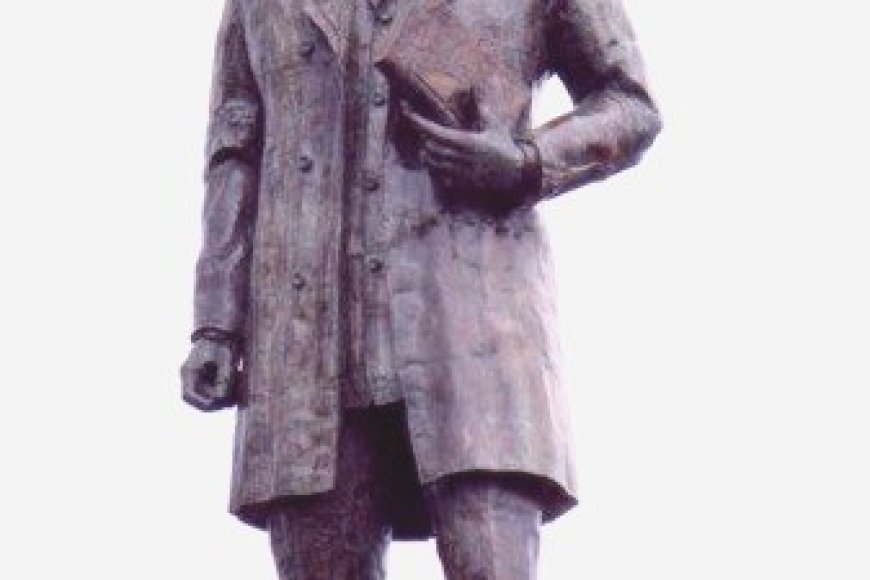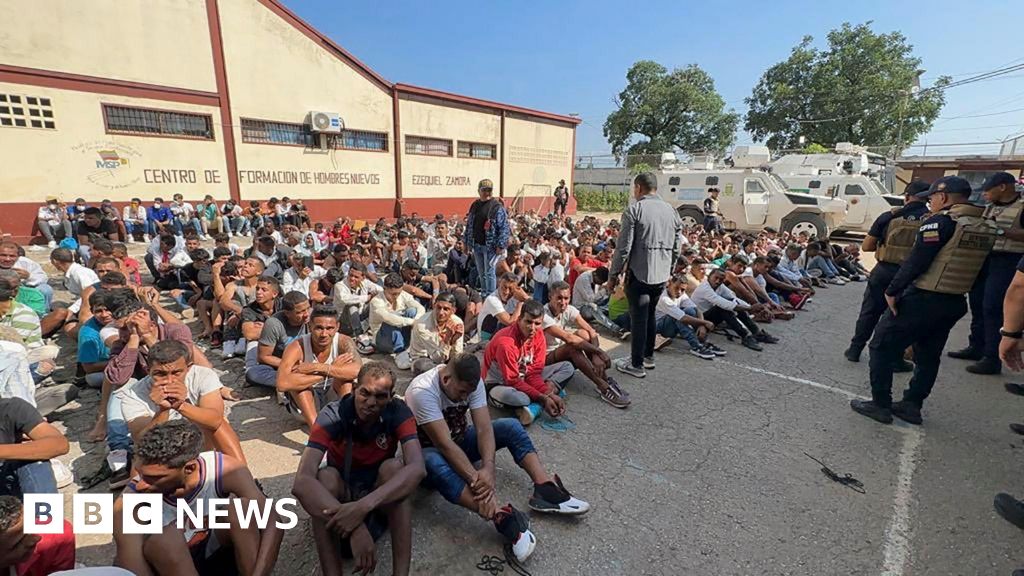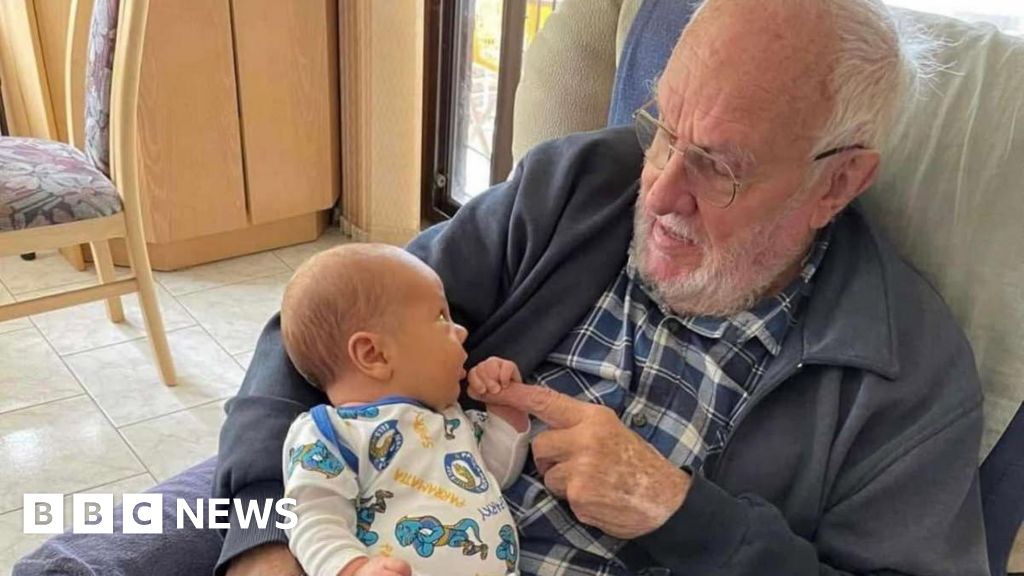QUIZ:
By J. Mark Powell, InsideSources.com
Friday, July 4, 2025 | 2 a.m.
In the muggy summer of 1776, 56 men met in Philadelphia and pledged their “lives, fortunes, and sacred honor” to America’s future with the Declaration of Independence. None of them was a full-time politician. How much do you know about the signers and their occupations? Test your knowledge with this short quiz.
1. A popular (but untrue) folktale says John Hancock intentionally signed his name large so that King George III “could read it without his spectacles.” When he wasn’t serving as president of the Continental Congress, what was Hancock’s occupation?
A: Butcher
B: Baker
C: Businessman
D: Book binder
2. Benjamin Franklin’s amazing life covered an astonishing array of fields. What was one of his lesser-known occupations?
A: Cobbler
B: Sailor
C: Gunsmith
D: Musical instrument inventor
3. Thomas Jefferson is remembered today as the Declaration’s author and as a governor, diplomat, vice president and president. What was his original profession?
A: Lawyer
B: Land speculator
C: Legislator
D: Lay minister
4. What job did future vice president and president John Adams hold early in life as he pondered his future?
A: Farmer
B: Salesman
C: Teacher
D: Writer
5. How many of the signers went on to become president?
A: Two
B: Three
C: Four
D: Five
6. Francis Hopkinson of Philadelphia was perhaps the most artistic person to sign the Declaration. What was he known for?
A: Designing flags and seals
B: Writing poetry
C: Playing the harpsichord
D: All of the above
7. New Hampshire’s Josiah Bartlett was one of five signers who hailed from which profession?
A: Blacksmiths
B: Tailors and dressmakers
C: Physicians
D: Tax accountants
Answers:
1. C — Hancock inherited a lucrative mercantile business from his uncle. At the time of the American Revolution, he was one of the wealthiest men in the 13 colonies.
2. D — Somehow, in his remarkable 84 years of life, Franklin found time to invent the glass armonica (from the Italian word for “harmony”) in 1761. It was so popular in Europe that legendary figures such as Beethoven and Mozart even composed pieces for it.
3. A — Nearly half of the Declaration’s signers were lawyers. Jefferson was one of the 25 attorneys who put their names on the document. He studied under fellow Declaration signer George Wythe and practiced law until 1774, when the impending Revolution led to the closure of the courts in Virginia.
4. C — As a boy, Adams wanted to be a farmer. But his father insisted he receive a classical-based academic education. After graduating from Harvard in 1755, he taught school for a short time before pursuing a career in law. (He later acknowledged, “I longed more ardently to be a Soldier than I ever did to be a Lawyer.”)
5. A — John Adams and Thomas Jefferson. George Washington was in New York City preparing the city’s defense on July 4. On July 9, he assembled his soldiers to hear a reading of the Declaration.
6. D — Hopkinson, whose profession was the law, was an accomplished musician credited with writing the first musical composition put to paper in America. He also helped design the Great Seal of the United States, elements of which appeared on the Continental $50 bill, which he also designed. Early versions of the U.S. flag and the official flag of the Navy are also credited to Hopkinson.
7. C — It’s believed four or five signers were also medical doctors. Bartlett practiced medicine for 40 years. He also squeezed in time to become New Hampshire’s first governor, and later served as chief justice of that state’s Supreme Court.
J. Mark Powell is a novelist, former TV journalist and diehard history buff. He is the author of the coming “Witness to War: The Civil War Told by Those Living Through It.” He wrote this for InsideSources.com.
.png)








 English (US) ·
English (US) ·